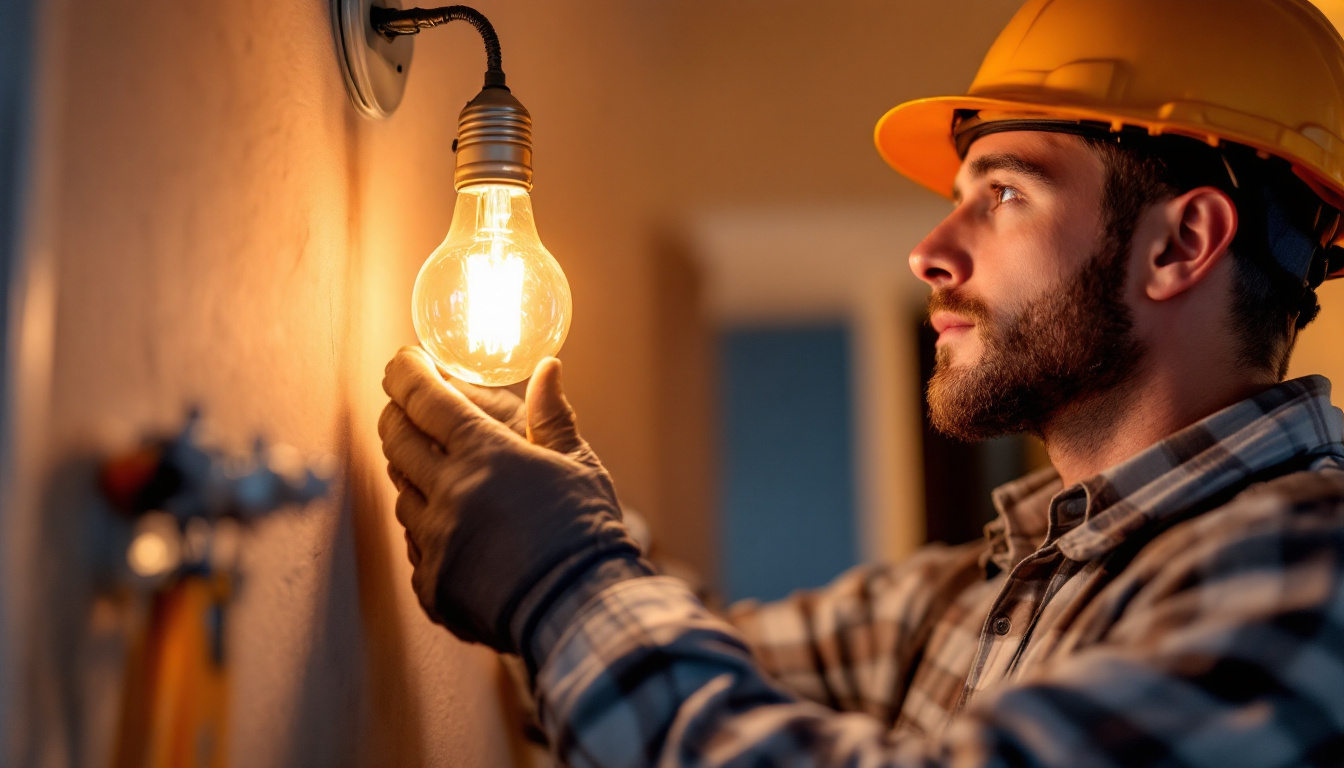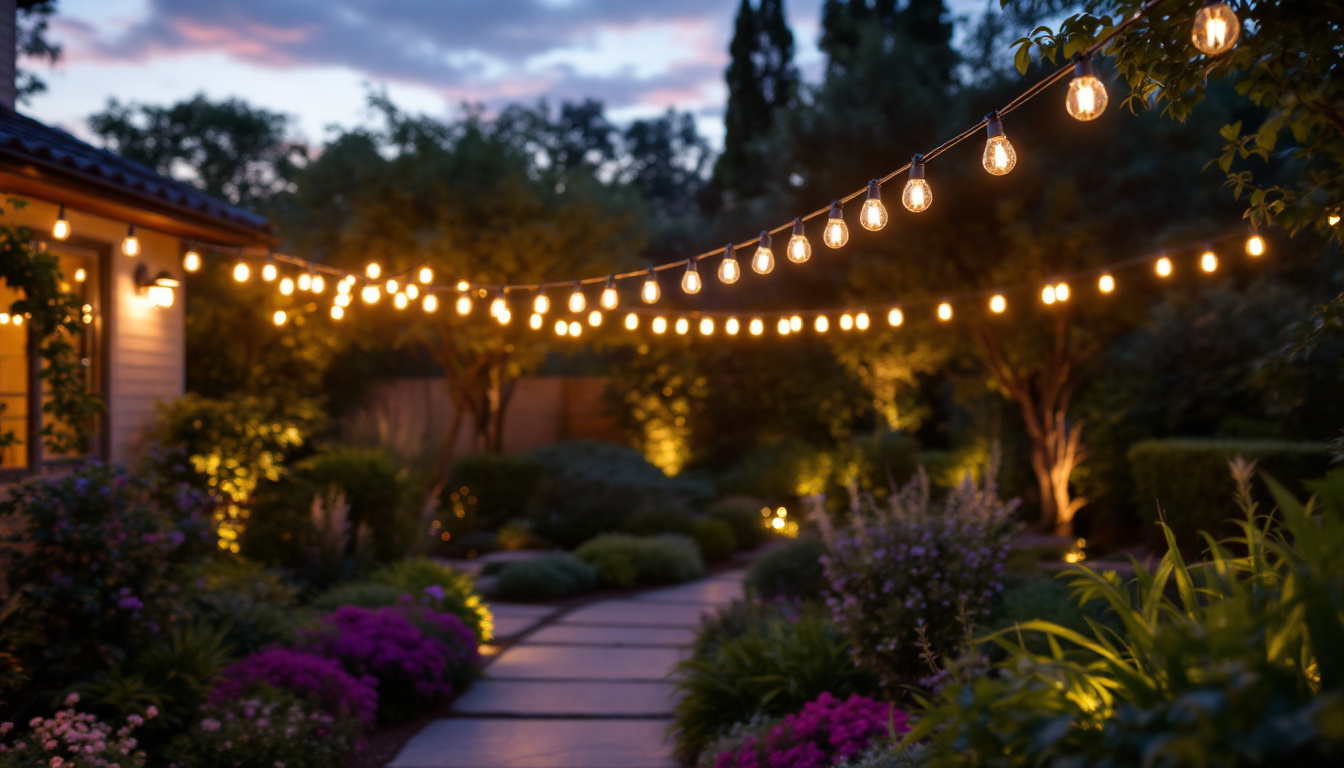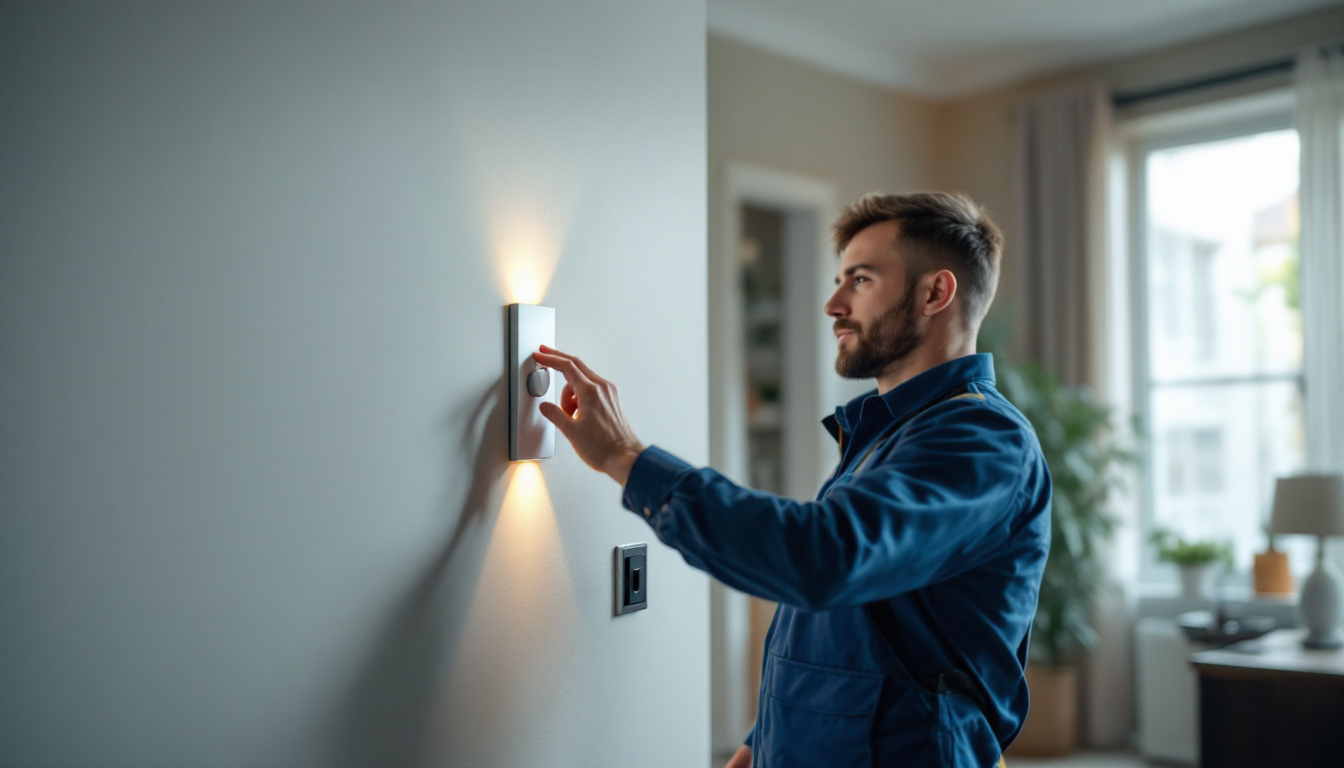
Lighting contractors play a crucial role in ensuring that residential and commercial spaces are well-lit, safe, and energy-efficient. The selection of light bulbs is a fundamental aspect of this work, particularly when it comes to 120-volt light bulbs. This article serves as a comprehensive checklist for lighting contractors, detailing the essential considerations, types, and applications of 120-volt light bulbs.
120-volt light bulbs are commonly used in North America, designed to operate efficiently with standard household electrical systems. These bulbs come in various shapes, sizes, and technologies, making them suitable for a wide range of applications. Understanding their characteristics is essential for contractors who aim to provide optimal lighting solutions.
There are several types of 120-volt light bulbs available on the market today. Each type has its own advantages and disadvantages, which can significantly impact the choice for specific lighting projects.
120-volt light bulbs are versatile and can be used in numerous settings. Understanding the application is vital for contractors to make informed choices.
In residential settings, the choice of 120-volt bulbs can greatly influence the ambiance of a space. For example, warm white LEDs can create a cozy atmosphere in living rooms, while brighter daylight LEDs are often preferred for kitchens and workspaces where clarity is essential. Additionally, dimmable options are increasingly popular, allowing homeowners to adjust lighting levels according to their needs and preferences, enhancing both comfort and energy efficiency.
In commercial environments, the use of 120-volt light bulbs extends beyond mere functionality; it plays a crucial role in branding and customer experience. Retailers often utilize strategically placed lighting to highlight products and create an inviting atmosphere. For instance, warm lighting can make a clothing store feel more welcoming, while cooler tones may be used in tech shops to convey a modern and sleek aesthetic. Moreover, energy-efficient lighting solutions can significantly reduce operational costs, making them a smart choice for business owners looking to optimize their expenditures.
When selecting the right 120-volt light bulb for a project, several factors should be taken into account. Each factor can influence the overall effectiveness and efficiency of the lighting solution.
Energy efficiency is a critical consideration for contractors. With rising energy costs and increasing environmental awareness, choosing energy-efficient bulbs can lead to significant savings for clients. LEDs, for instance, consume up to 80% less energy than traditional incandescent bulbs, making them a popular choice for eco-conscious projects. Furthermore, many utility companies offer rebates and incentives for the installation of energy-efficient lighting, which can further enhance the financial appeal of these options. By opting for energy-efficient bulbs, contractors not only contribute to the reduction of carbon footprints but also promote sustainability in their projects.
The lifespan of a light bulb can directly affect maintenance costs. Incandescent bulbs typically last about 1,000 hours, while CFLs can last around 10,000 hours. In contrast, LEDs can last up to 25,000 hours or more. Choosing longer-lasting bulbs can reduce the frequency of replacements and maintenance efforts, providing a more cost-effective solution for clients. Additionally, the reduced need for replacements means less waste is generated, aligning with green building practices. This longevity is particularly advantageous in hard-to-reach fixtures, where changing bulbs can be labor-intensive and costly. The initial investment in higher-quality bulbs may seem daunting, but the long-term savings and reduced maintenance make them a wise choice.
Color temperature, measured in Kelvin (K), affects the ambiance of a space. Warmer light (around 2700K) creates a cozy atmosphere, suitable for living rooms and bedrooms, while cooler light (above 4000K) is often preferred for workspaces and kitchens. Additionally, brightness, measured in lumens, should be considered to ensure adequate lighting levels for the intended application. Understanding the specific needs of each area can guide the selection process; for example, a home office may benefit from brighter, cooler lighting to enhance focus and productivity, while a restaurant might opt for softer, warmer tones to create an inviting dining experience. Moreover, advancements in smart lighting technology allow for adjustable color temperatures and brightness levels, enabling users to customize their lighting according to the time of day or specific activities, further enhancing the versatility of 120-volt light bulbs in various settings.
Proper installation of 120-volt light bulbs is essential for safety and performance. Contractors must adhere to specific guidelines to ensure that the lighting systems function effectively.
Before installation, it is crucial to check the compatibility of the light bulb with the fixture. Different fixtures may require specific bulb types or wattage limits. Using the wrong type can lead to overheating, reduced performance, or even damage to the fixture.
Electrical safety is paramount when working with 120-volt systems. Contractors should ensure that all wiring is up to code and that fixtures are properly grounded. Additionally, using bulbs with the correct voltage rating is essential to prevent electrical hazards.
After installation, testing the lighting system is essential to ensure everything operates as intended. This includes checking for flickering, color consistency, and overall brightness. Quality assurance helps identify any issues early on, allowing for timely corrections.
Lighting contractors must be aware of the various regulations and standards that govern the use of 120-volt light bulbs. Compliance with these regulations is essential for safety and legality.
Many regions have implemented energy efficiency standards for lighting products. These standards may dictate minimum efficiency levels for different bulb types, encouraging the use of more energy-efficient options like LEDs and CFLs. Contractors should stay informed about these regulations to ensure compliance in their projects.
Local building codes often specify requirements for electrical installations, including lighting. These codes can vary significantly, so it is essential for contractors to familiarize themselves with the local regulations. Adhering to these codes not only ensures safety but also helps avoid potential legal issues.
With the increasing focus on sustainability, environmental regulations regarding the disposal of light bulbs, particularly CFLs and other hazardous materials, are becoming more prevalent. Contractors should educate themselves on proper disposal methods to ensure compliance and promote environmentally responsible practices.
Lighting contractors often face challenges when working with 120-volt light bulbs. Identifying these challenges and knowing how to address them can lead to more successful projects.
One common challenge is compatibility issues between bulbs and fixtures. This can lead to performance problems or even damage. To mitigate this, contractors should maintain a catalog of compatible bulbs and fixtures, ensuring that the right products are used for each installation.
Clients may have misconceptions about lighting options, often favoring traditional incandescent bulbs due to familiarity. Educating clients about the benefits of modern lighting technologies, such as energy savings and longer lifespans, can help them make informed decisions that align with their needs and budget.
Keeping an organized inventory of light bulbs can be challenging, especially with the variety of options available. Implementing an inventory management system can streamline the process, ensuring that contractors have the right bulbs on hand when needed, reducing delays and improving efficiency.
The lighting industry is continually evolving, and staying informed about future trends is essential for contractors looking to remain competitive. Understanding these trends can help contractors anticipate client needs and adapt their services accordingly.
Smart lighting technology is gaining traction, allowing users to control their lighting systems via smartphones or voice commands. This trend is expected to grow, with more clients seeking integrated solutions that enhance convenience and energy efficiency. Contractors should consider incorporating smart lighting options into their offerings to meet this demand.
As technology advances, the energy efficiency of lighting products is expected to improve further. Innovations in LED technology, such as tunable white light and improved color rendering, will likely become more mainstream. Staying updated on these advancements can provide contractors with a competitive edge.
With an increasing emphasis on sustainability, contractors will need to prioritize eco-friendly products and practices. This includes recommending energy-efficient bulbs, promoting proper disposal methods, and educating clients on sustainable lighting solutions. Embracing sustainability can enhance a contractor’s reputation and attract environmentally conscious clients.
In the world of lighting, 120-volt light bulbs are a staple for contractors. Understanding the various types, applications, and considerations associated with these bulbs is essential for delivering high-quality lighting solutions. By following this checklist, lighting contractors can ensure that they make informed decisions, comply with regulations, and meet the evolving needs of their clients. As the industry continues to evolve, staying abreast of trends and innovations will be key to maintaining a competitive edge and providing exceptional service.
Ready to elevate your lighting projects with the best 120-volt light bulbs in the market? At LumenWholesale, we provide contractors with exceptional, spec-grade lighting products at prices that can’t be beaten. Say goodbye to unnecessary markups and hello to a vast selection of industry-standard lighting solutions that promise reliability and high performance. Plus, with free shipping on bulk orders, you can stock up on premium lighting effortlessly and affordably. Don’t compromise on quality or value—visit LumenWholesale for Wholesale Lighting at the Best Value and make your next project shine.

Discover how LED tube light fixtures can revolutionize your business as a lighting contractor.

Discover essential tips and best practices for lighting contractors to enhance outdoor spaces with LED fixtures.

Discover essential insights and tips for lighting contractors in this comprehensive guide.

Discover the essential guide for lighting contractors on selecting the perfect dimmer switches.